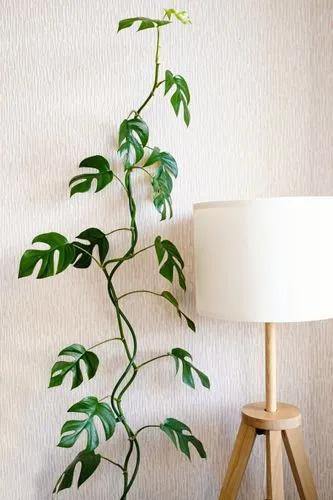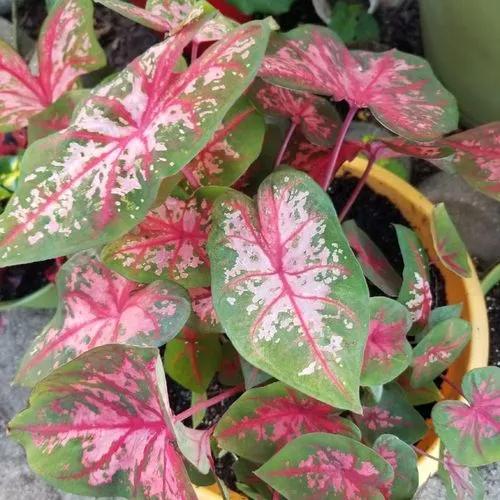Plectranthus verticillatus is one of the most popular perennial indoor plants thanks to its easy care and durability. It is a semi-succulent, also known as Swedish Begonia, Whorled Plectranthus, and Swedish Ivy.
Whorled Plectranthus Care
Plectranthus Verticillatus



You might think that if the name has the word Swedish, it is most likely the country of origin, but no. In the wild, Swedish Ivy thrives in KwaZulu-Natal (a province east of the Republic of South Africa). You can identify this plant by its bright green round leaves. Plumes can reach from 4 to 12 inches (10 to 30 cm) in length and extend to about 24 inches (60 cm). The fruits of Swedish Ivy are small brown nuts 0,04 inches (1 mm) in size.
How to Care for the Plant

Water

In the warm period of the year, particularly in summer and spring, it is better to water the plant often so that the soil stays moist. In winter and spring, watering can be slightly reduced.

Pruning

For pruning to be as effective as possible, it is better to cut young plants. You can cut the dormant buds off to ensure bushy growth.

Fertilizer

It would help if you fed your green pet a balanced fertilizer every few weeks during the growing season. You can do it during all seasons except winter. If you suddenly see that your plant has droopy or dull leaves, you can fertilize it more heavily.

Sunlight

Indirect sunlight is the most comfortable for the plant. It's best to place your Ivy next to an east-facing window.

Soil

Swedish Ivy will thrive in light and loamy potting mix with some perlite. This type of soil will help your greenie grow quickly!

Propagation

There are two possible options. You can grow your plant with the help of seeds after ripening or using cuttings from the top of the stem. You can do it at any time of the year.

Temperature

Swedish Ivy is quite hardy and can withstand cold as low as 40°F (5˚C). However, to ensure comfortable conditions for this green beauty, keep the temperature at 60-75 degrees (15.5˚C-21˚C).

Container

The most comfortable option for the plant will be to choose a 4-6 inch (10-15 cm) container with drainage holes (to prevent overwatering). The material and shape of the container do not matter, so feel free to go with your tastes.

Fun fact

One of the specimens of Plectranthus verticillatus is found above the mantelpiece in the Oval Office of the President of the United States. It was gifted to President John F. Kennedy in 1961 and has been spotted in photos taken in the office during each administration ever since. Such a famous plant will not cause any issues with its identification!

Popularity

24,232 people already have this plant 2,509 people have added this plant to their wishlists
Discover more plants with the list below
Popular articles






